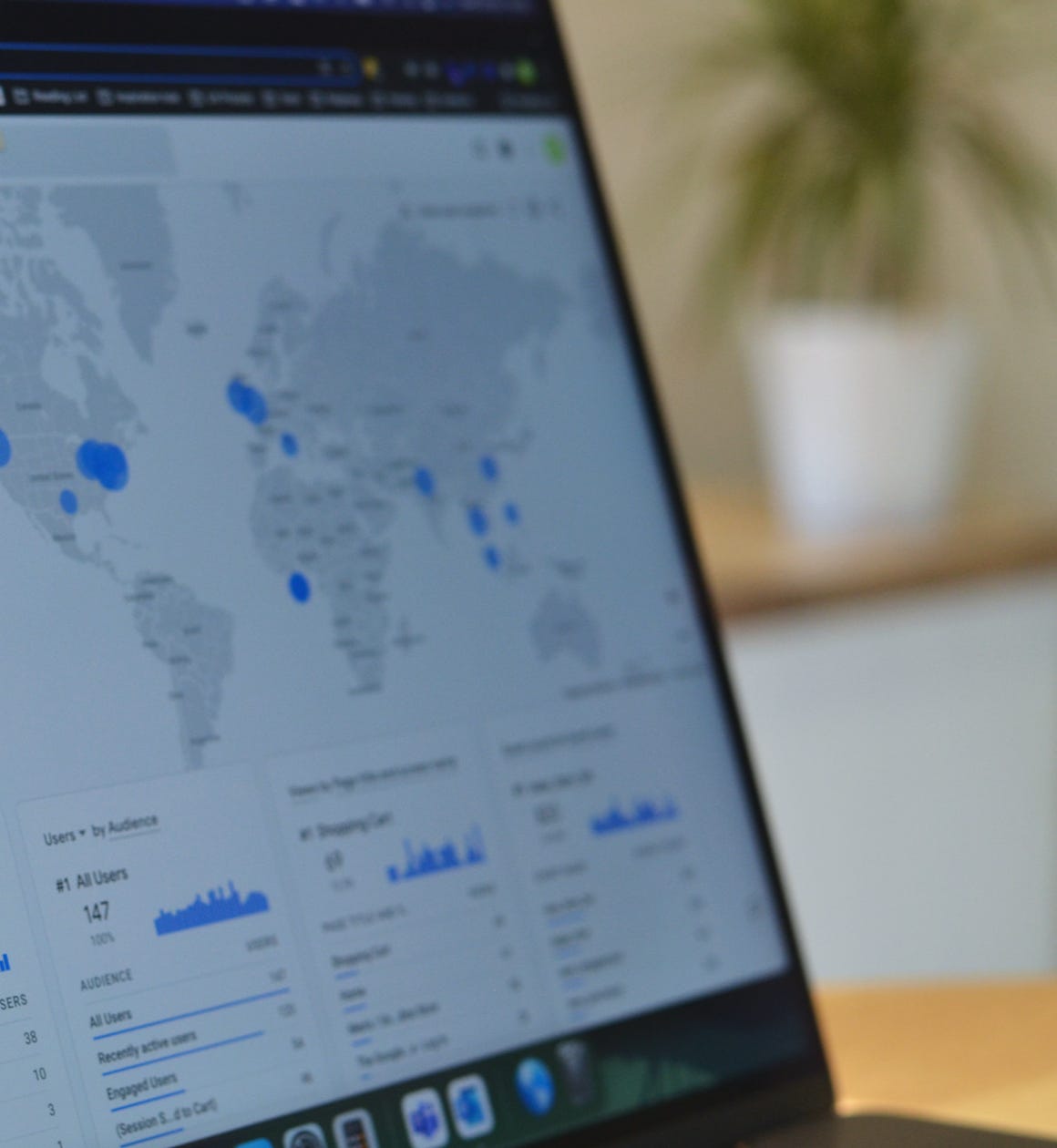Why accessibility works for SEO.
Website accessibility is about much more than due diligence and ‘doing the right thing’ it can seriously boost your bottom line.

The web is a democratic space that’s built on principles of inclusivity and it stands to reason that access to a bigger market is good for business. However, you might be surprised to read that the principles of website accessibility mirror the principles of SEO and accessibility can be great for your search rankings.
According to the RNIB more than 2 million people in the UK suffer from sight loss and the figure is expected to double by 2050. Government statistics show that one in five people have a disability, whether visual, auditory, motor or cognitive. Viewed from a cold hard business perspective it simply doesn’t make sense to ignore 20% of the market share, but of course accessibility is about much more than balance sheets.
Google have long been pushing the performance benefits of accessibility and with Lighthouse they even provide developers with the tools to get the job done. While Google haven’t openly admitted to rewarding accessible sites with better rankings, the principles of accessibility have been powering their core ranking algorithm since the year dot.
Making a website accessible to searchers also makes it accessible to search engine spiders. If spiders can’t crawl or understand a page, it simply won’t appear in the search results. It’s also worth remembering that search spiders are busy bots and limited crawl capacity means they won’t keep tying to access an inaccessible site. It’s the same with human searchers; as anyone who’s tried browsing on a wonky Wi-Fi connection knows.
Ways to improve website accessibility:
Clear Messaging The first rule of journalism is to keep things simple and stripped-down messaging is much easier for everybody to understand.
UX Design By designing your website for users and putting them at the centre of your digital experience, navigation becomes both intuitive and accessible.
Clean Navigation Consistency counts in navigation and both searchers and search engines love a well organised website. Include breadcrumbs to help visitors orientate themselves and provide multiple links to access the same piece of content.
Crawlable Copy Content that can’t be crawled by spiders, such as text presented in images or in Flash, can’t be accessed by screen readers.
Readable Text Font resizing tools can greatly help with legibility and it’s essential that your site responds well to browser zooming. As well as text size, designers should consider colour and contrast.
Captions & Transcripts Text captions and video transcripts can greatly help in understanding multimedia content and improve search performance (a recent study found that 80% of Facebook videos were watched without sound).
HTML Markup Spiders, searchers and screen readers all lean heavily on meta data and it’s essential to address the basics, notably: Title Tag, Meta Description and H Tags.
Search Box Site search functionality greatly aids accessibility and search query logs serve as a mine of useful information for keyword suggestions and UX improvements.
Alternative Text the alt text attribute is a way for publishers to label the contents of an image to help visually impaired users. The SEO benefits of alt text are often overhyped, and while alt text can help with image search, alt descriptions should be kept succinct and spam-free.
By providing searchers and spiders with a with a clear understanding of content, it stands to reason that your website will get an algorithmic lift. Google’s big on Behaviour and devotes and entire Analytics tab to metrics aimed at encouraging webmasters to improve UX along with Search Console data that identifies crawling and indexing issues. To put it another way: accessibility might not be a direct ranking factor, but it does impact known ranking factors.
So that’s the carrot, but what about the sick? Anti-discrimination laws are getting tougher and websites falling foul of accessibility standards could be in breach of the Equality Act 2010. While legislation in the UK has yet to bite a story from Norway could signal the direction of travel.
Norway recently introduced laws making it mandatory for websites to follow WCA guidelines or suffer the legislative consequence. The first high-profile victim was Scandinavian Airlines whose website redesign fell significantly short of agreed standards and they were hit with a daily fine until their site was deemed accessible. While the financial penalty was small, the collateral PR damage was huge, and competing airline Norwegian didn’t wait to take advantage.
There’s little doubt that accessibility works well for search and by increasing audience reach any extra effort needed to meet standards will be well-rewarded.
For exhaustive and informative documentation on how to meet standards visit the World Wide Web Consortium’s Accessibility Guidelines.





